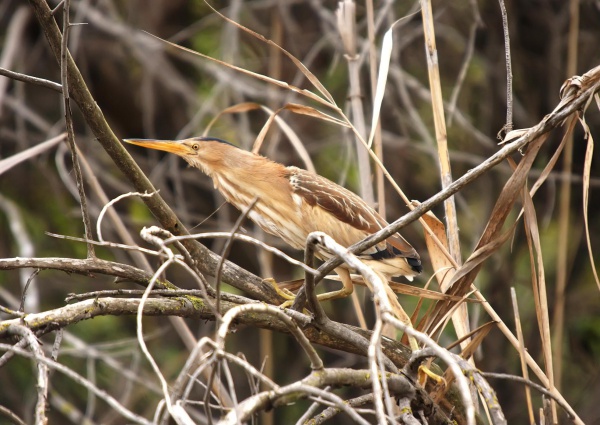Facts About Little bittern
The little bittern, also known as the common little bittern, is a captivating wading bird from the heron family, Ardeidae. Its scientific name, Ixobrychus minutus, originates from Ancient Greek and Latin, meaning "reed-like plant" and "small" respectively. This diminutive bird inhabits a wide range, including Africa, central and southern Europe, western and southern Asia, and Madagascar. While some little bitterns migrate to Africa and southern Asia during the winter, those in tropical regions tend to remain year-round. Sightings outside their usual breeding areas are uncommon.
The little bittern was first described by Carl Linnaeus in 1766 and has three recognized subspecies: I. m. minutus, I. m. payesii, and I. m. podiceps. Previously, the Australian little bittern (I. dubius) and the now-extinct New Zealand little bittern (I. novaezelandiae) were also considered subspecies. This bird is the smallest heron that breeds in Europe, easily identified by its compact size, long bill, and thick neck. Males and females exhibit distinct color patterns and pale wing patches.
The little bittern is listed under the Agreement on the Conservation of African-Eurasian Migratory Waterbirds, underscoring its ecological significance. These birds are typically active during dawn and dusk and prefer a solitary existence. They hunt for fish, amphibians, and insects within dense reedbeds. During spring, males establish their territory with deep calls, and pairs generally remain together for at least one breeding season. They construct their nests above water in dense vegetation, laying 5-6 eggs per clutch. The eggs incubate for 17-19 days, and the chicks are ready to leave the nest after 25-30 days.
In Europe, little bitterns are migratory. They arrive at their breeding wetlands from mid-April and depart for Africa in August and September. European breeders can migrate as far south as the Eastern Cape and Transvaal.

 Afghanistan
Afghanistan